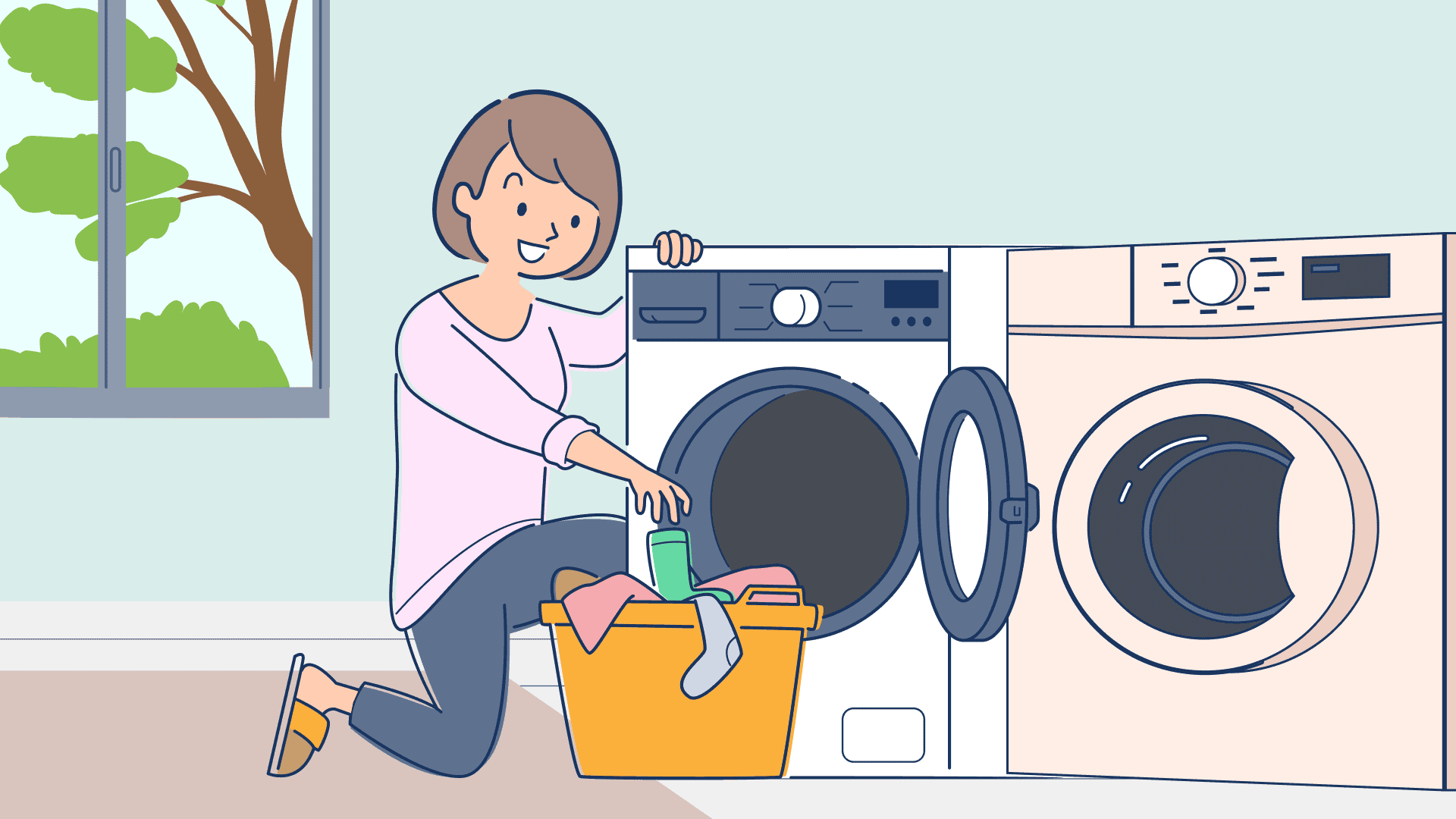Time to read : 3 Minutes
In the modern household, energy efficiency is not just a buzzword – it’s a necessity for both environmental sustainability and financial wellbeing. While you may put in the effort to turn off lights and unplug chargers, some of the biggest energy hogs in your home could go unnoticed.
Let’s shine a light on these silent spenders and look at ways to rein in their power consumption.
Air-conditioning units – heating and cooling
Heating and cooling systems are the biggest culprits, accounting for a whopping 40% of home energy use.
It's tempting to turn on the air conditioner during Australia’s scorching summers or blast the heater in the chilly winters, but there are more cost-effective ways to stay comfortable. For instance, using a fan can cost as little as 2 cents per hour.
If using the air con is essential, setting the temperature between 23 and 26°C can prevent your bill from skyrocketing. Each degree below this can increase your bill by up to 15%.
Alternatively, you could use both the air con and a fan at the same time.
This could save you 70% of your electricity usage, according to research by Professor Ollie Jay, a professor of heat and health at the University of Sydney.
In winter you can save on your energy bill by setting your heater between 18 degrees and 20 degrees. And whenever you’re heating or cooling a room, remember to close off the areas that you’re not using and keep doors and windows shut.
Hot showers
Hot water usage is another significant contributor, making up 25% of a household’s energy consumption. Shorter showers and low-flow showerheads can drastically reduce this figure. A standard shower head might use 25 litres of water per minute, whereas a water-efficient model uses around nine litres.
Regularly checking your hot water system for leaks and ensuring pipes are insulated can also prevent unnecessary energy loss.
Electronic devices
Electronics scattered throughout your home, think TVs, computers, and gaming consoles, account for 14% of energy use. Generally, electronic devices enter a standby mode and continue to draw power instead of powering off completely.
Standby mode can add up to 10% to your electricity bill annually. The simple act of turning off devices at the wall when not in use can lead to savings.
Fridges and freezers
These appliances which run continuously, account for 8% of energy use. Opting for appropriately sized and efficient models is key. Routine maintenance can also help, check the door seals are clean and brush off any dusty coils on the back of the fridge regularly.
Consider the best location for your fridge. If positioned in a warm place, it requires more energy to maintain a cool temperature. Place them in well-ventilated areas with adequate space around the unit to optimise efficiency.
And every time you open the door to grab something, especially in summer, try and be quick to keep the temperature cool.
Also keeping your fridge full can reduce running costs because the thermal mass of its contents helps it maintain a consistent temperature.
Other kitchen appliances
Ovens and cooktops use about 5% of household energy. Benchtop appliances such as air fryers or microwaves can be more economical for small households than using an oven or cooktop.
And when it comes to dishwashers remember to only run them when you have a full load to maximise efficiency.
Washing machines and dryers
Laundry appliances make up 4% of energy consumption. Opting for cold washes can save up to 10 times more energy than warm washes. Washing full loads and using economy cycles on your washing machine can also help save energy, and nothing beats the sun for drying clothes cost-free.
If you don’t have a washing line and need to use a dryer, don’t overfill it as this can slow down the drying process and lead to greater energy usage.
Extra tips
Here are some additional tips to help you save on your electricity bill:
Invest in energy-efficient appliances when it’s time for replacements. Look for the energy saving stars.
Use natural light during the day instead of relying on artificial lighting.
Insulate your home to maintain temperatures more efficiently – cooler in summer, warmer in winter.
Consider solar panels to reduce reliance on the grid and potentially earn credits for excess energy produced.
Monitor your energy usage with a smart meter or energy management system.
Bottom line
By being mindful of your energy consumption and making a few changes, you can enjoy the comfort of your home without the stress of a high electricity bill.
Go deeper:
Data is from the Department of Climate Change, Energy, Environment and Water, and the SA Department of Energy and Mining.


































